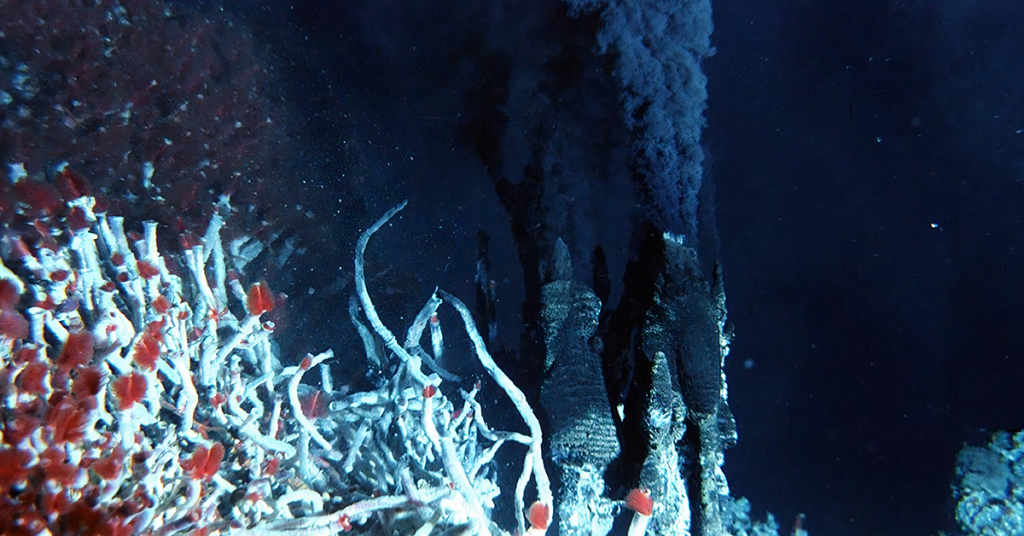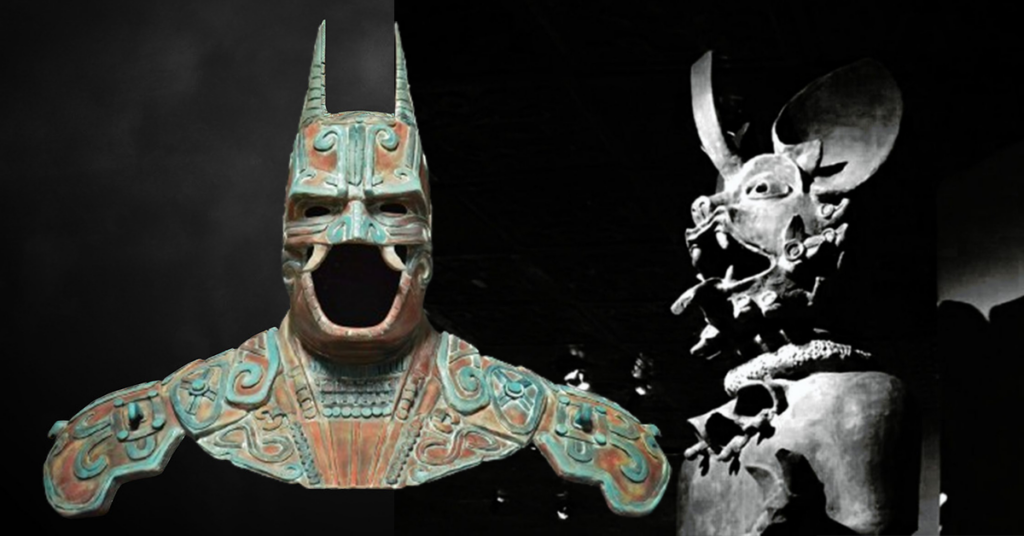The Story
The poisonous claws of the hairy frog were found about 1900, but it wasn’t until after the turn of the century that scientists learned how these unusual amphibians create them – or break them if you will. In fact, when irritated, the hairy frog (Trichobatrachus) destroys its own toe bones, resulting in a pair of cat-like claws that it may use to scrape over its attacker’s skin. It is unsurprising that it is nicknamed the “horror frog.”
Amphibians rarely have claws, and unlike the claws of mammals, they don’t have a keratinized surface. The wolverine frog’s claws, which slide in and out of the skin of its fingers, are also temporary. It’s not clear if the claws come out on their own or if the bones slide back inside when the frog relaxes, but it looks like the frogs can make their own claws by breaking their own bones.

Observing wolverine frogs, researchers saw how they employed their claws when being handled, writhing their bodies and raking their claws along the handler’s skin in an effort to produce wounds. It seems that they may be rather nasty.
According to the authors of a 2008 paper, “Durrell (1954) subsequently published the first description of touching a live Trichobatrachus and proposed the more tenable theory that these claws are for defense as they may result in “serious bleeding wounds [to] the person holding it.” Cameroonians who hunt Trichobatrachus for food with long, heavy spears or machetes—tools that enable them to kill the frogs without touching or injuring them—support this claim.
They seem to serve the same purpose as many mammalian claws but from a much more formidable origin. And it is not the only similarity between horror frogs and wolverines.

Benefits of claws and feathers
Horror frogs are also known as hairy frogs because the males acquire weird fleshy filaments during mating season. These are not hairs like those on our heads, but rather long strands of tissue carrying blood vessels that allow them to absorb more oxygen via their skin when it is time to guard their young.
It’s possible that the fact that frogs are amphibians, which are good at regenerating, is part of the reason why they can grow their claws in such a cruel way. When it feels threatened, the Spanish ribbed newt, which lives in the Iberian Peninsula and Morocco, pushes its ribs through its skin.
To add insult to injury, they also secrete poison through their skin. This means that when the salamander’s attacker gets cut by its prey’s sharp, broken ribs, it gets a nasty dose of poison meant to put it off eating, So Sharp and dangerous
Best Automatic Cat Feeder With Camera
+ Infrared Night Version
+ 145° Wide-Angle
+ Infrared Night Version
+ 145° Wide-Angle
+ Stainless Steel Bowl
+ Low Food Alert





